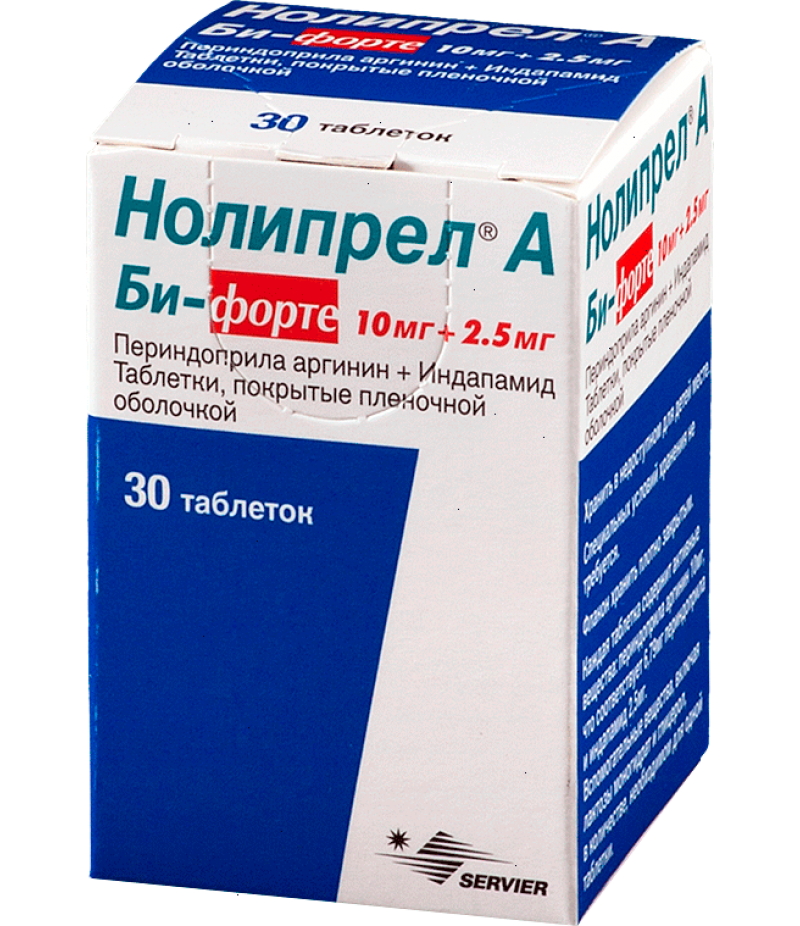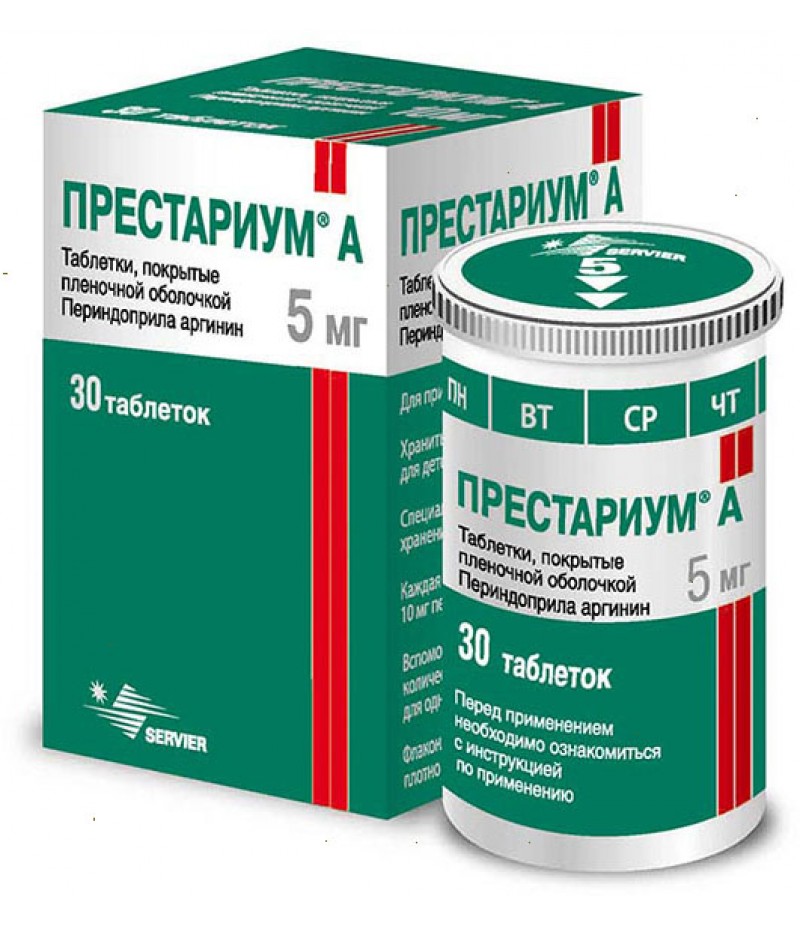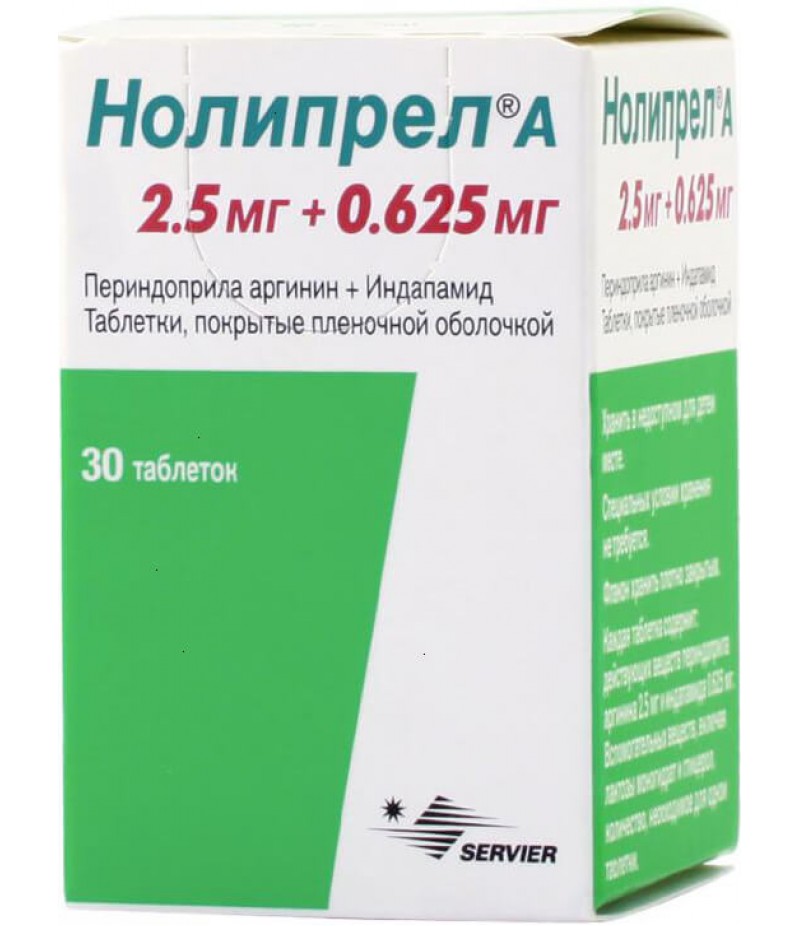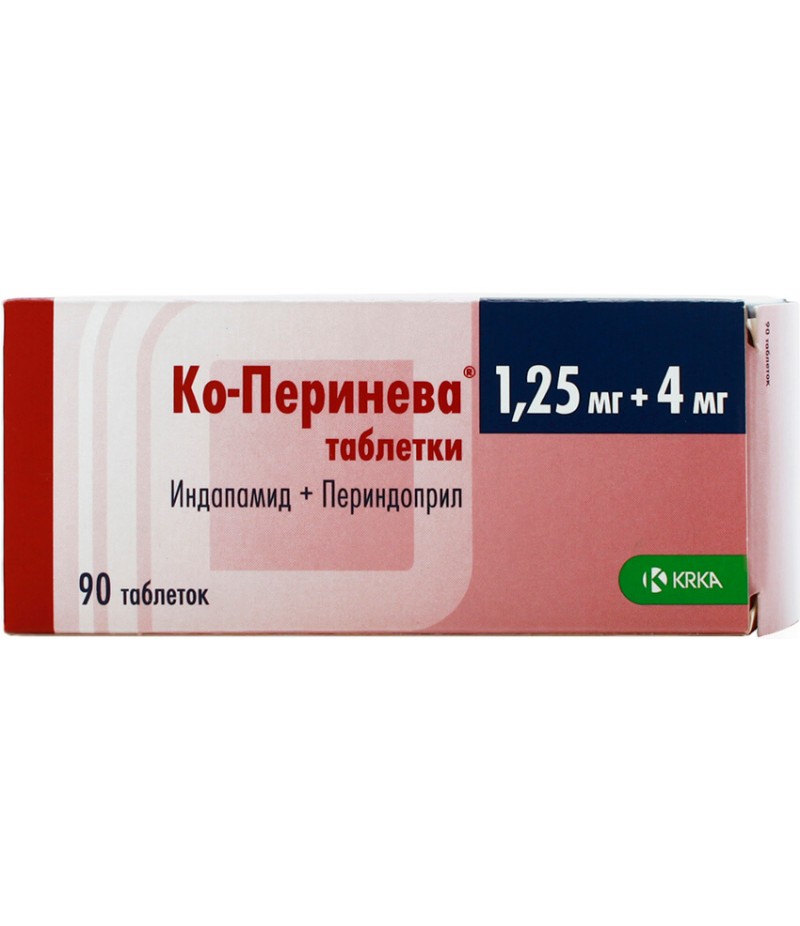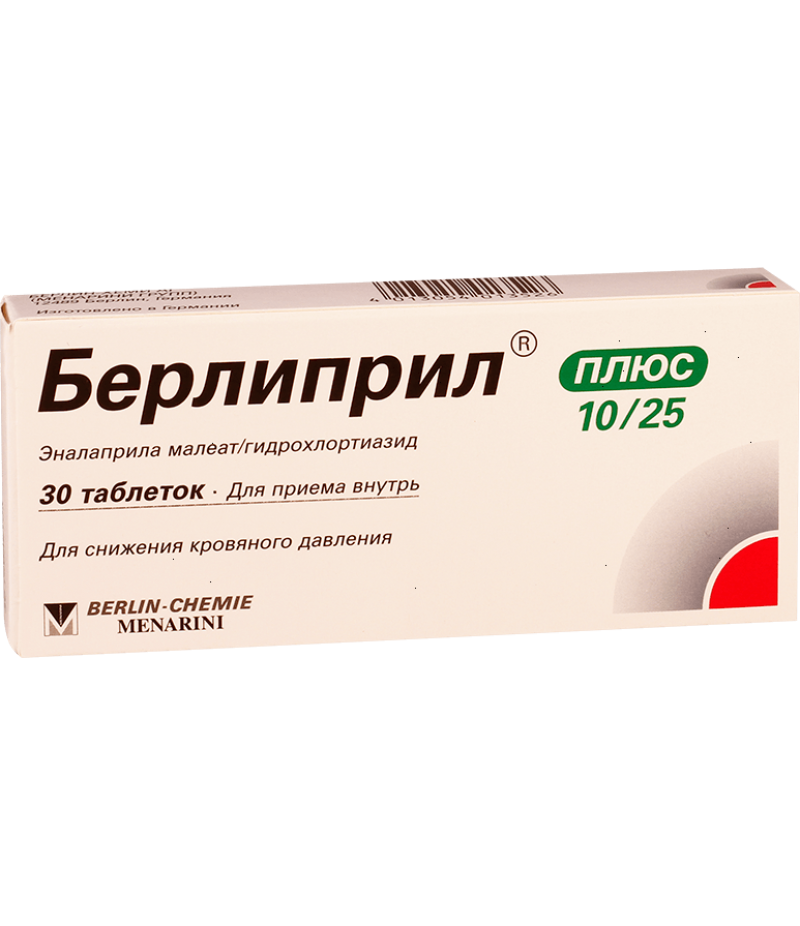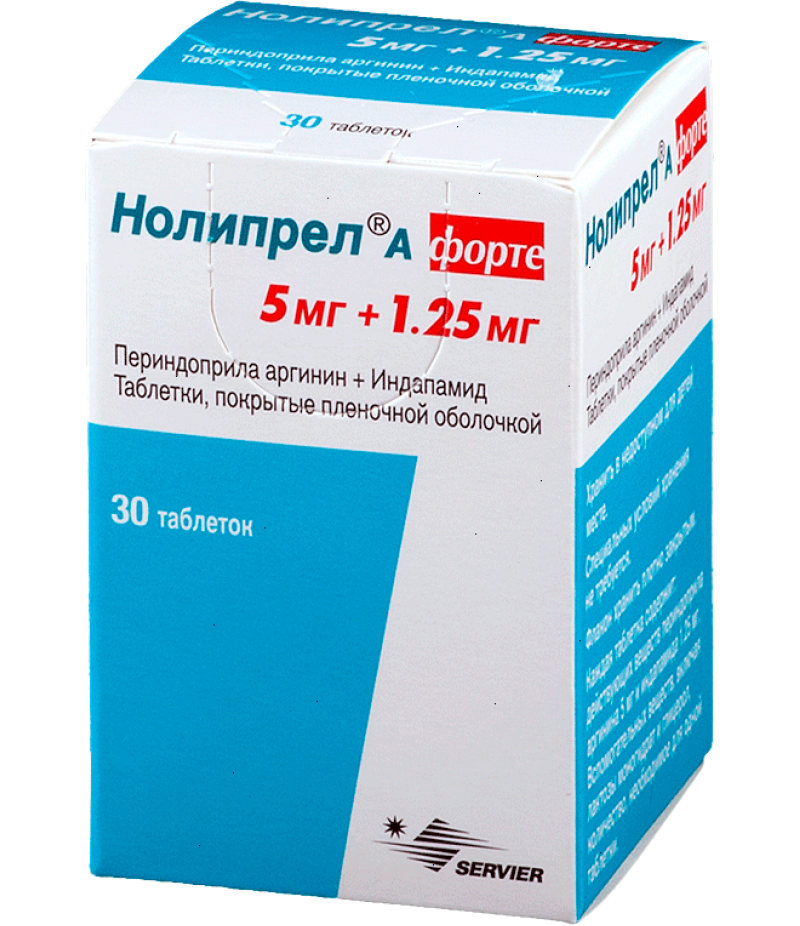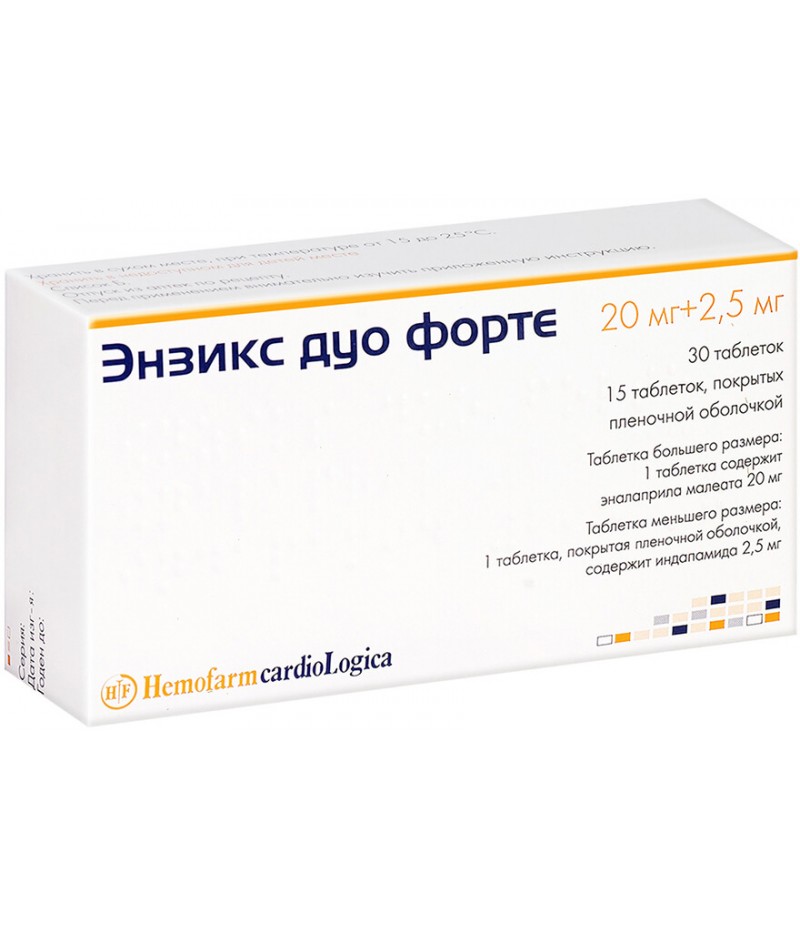Noliprel A Bi-Forte tabs 10mg + 2.5mg #30
- $37.30
- 3 or more $36.90
- Availability:In Stock
Noliprel A Bi-Forte instructionYou can buy Noliprel A Bi-Forte hereIt consists of two components: perindopril and indapamide, as a result, it combines the properties of both these medicinal substances.The mechanism of action is ba..
Tags: tabs
Noliprel A Bi-Forte instruction
You can buy Noliprel A Bi-Forte here
It consists of two components: perindopril and indapamide, as a result, it combines the properties of both these medicinal substances.
The mechanism of action is based on the ability of its components to potentiate each other's actions. Perindopril inhibits an enzyme that converts angiotensin I to type II. Due to this, angiotensin II is not formed, which has a significant vasoconstrictor effect, and bradykinin, which exhibits a vasodilating effect, is destroyed. Also under its influence occurs:
a decrease in the production of the hormone of the adrenal cortex - aldosterone;
increased activity of the proteolytic enzyme renin;
reduction of peripheral vascular resistance;
normalization of cardiac activity, reduction of pre- and afterload.
Indapamide is a sulfonamide derivative and exhibits the properties of thiazide diuretics. It blocks the reabsorption of sodium ions in the kidneys, which leads to an increase in the excretion of sodium, chlorine and other ions, thereby increasing diuresis and reducing pressure.
Noliprel A Bi-forte has an effect on blood pressure both during systole and diastole. Its severity depends on the dosage taken and persists for 24 hours. Pressure stabilization occurs within a month from the start of the intake and is not accompanied by tachycardia. After the end of the reception there is no withdrawal syndrome.
The drug belongs to the prescription group.
Release form and composition
White pills, convex on both sides No. 30 per pack. The dosage of perindopril per tablet is 10 mg, indapamide - 2.5 mg.
Production belongs to the company Les Laboratoires Servier Industrie (France).
Indications for use
Noliprel A Bi-Forte is used to treat people suffering from primary hypertension, who are shown to take perindopril and indapamide at a dosage of 10 mg and 2.5 mg, respectively.
Contraindications
Noliprel A Bi-forte has a number of contraindications. They are due to the components included in its composition. There are general contraindications and several separate for each component:
hypersensitivity to the drug;
severe renal dysfunction;
therapy with potassium-sparing diuretics, potassium and lithium preparations, drugs that can affect the QT interval;
hyperkalemia;
hereditary fermentopathies associated with intolerance to lactose and galactose;
hemodialysis, decompensated untreated heart failure;
pregnancy;
lactation period;
treatment of children under 18 years old.
Separate contraindications to the use of perindopril are the propensity to develop Quincke edema, its history, negative family heredity, which is associated with the use of his group. Also, the use is prohibited for persons suffering from renal artery stenosis on both sides or on one side in the absence of the second artery.
Indapamide is not used in the presence of severe liver dysfunction, especially accompanied by hepatic encephalopathy. Also, it can not be used for hypokalemia and therapy with drugs that cause ventricular tachycardia of the "pirouette" type.
Noliprel A Bi-Forte can be used, but only with the observance of measures of caution, in the following cases:
The presence of pathologies of connective tissue.
Conducting immunosuppressive therapy.
Suppression of bone marrow function.
Reduction in blood volume as a result of irrational use of diuretics, adherence to a salt-free diet, dehydration of the body when vomiting or diarrhea.
Ischemic disease
Vascular pathology of the brain.
Vasorenal hypertension.
Diabetes.
Severe circulatory failure.
Increased amount of uric acid in the blood.
Unstable blood pressure.
Elderly age.
Hemodialysis or desensitization.
Apheresis atherogenic cholesterol fractions.
The rehabilitation period after kidney transplantation.
Aortic stenosis or hypertrophic cardiomyopathy.
Dosing and Administration
Apply in the morning, before meals. 1 tablet 1 time per day.
Side effects of Noliprel A Bi-Forte
When using Noliprel A Biforte, the following organ and systemic side effects are possible:
blood and lymph: a decrease in the number of platelets, leukocytes, neutrocytes, agranulocytosis, anemia;
nervous system: disorders of sensitivity, headache, dizziness, sleep disorders, psycho-emotional instability, fainting;
visual analyzer: visual impairment;
hearing analyzer: tinnitus;
circulatory system: hypotension, bradycardia, tachycardia, atrial fibrillation, angina pectoris, heart attack, ventricular tachycardia of the "pirouette" type;
respiratory system: dry cough, bronchospasm, eosinophilic pneumonia, rhinitis;
digestive organs: dry mouth, nausea, vomiting, pain, taste disorders, loss of appetite, dyspepsia, stool disorders, pancreatitis, intestinal edema, cholestatic jaundice, portosystemic encephalopathy;
skin and its derivatives: rash, itching, core-like rash, angioedema, urticaria, broncho-obstruction, allergy, hemorrhagic vasculitis, exudative erythema, epidermal necrolysis, malignant erythema, photosensitization;
muscular system: spasms;
kidneys: lack of function;
reproductive system: impotence;
laboratory data: an increase in calcium or potassium, an increase in the QT interval, hyperuricemia, hyperglycemia, an increase in transaminase activity, an increase in creatinine, a decrease in potassium, sodium, and blood volume.
special instructions
Noliprel A Bi-forte as a combination medicine has its own specific instructions, which are specific to the combination of its components:
Noliprel A Bi-forte is used only for mild kidney failure. In more severe cases, it is contraindicated. If kidney damage occurs while taking the medicine, it should be stopped. Renewal should be started with lower dosages of perindopril and indapamide in combination or one of them in the form of a single agent;
regular monitoring of potassium and creatinine levels in patients with renal impairment is necessary. Most often, kidney failure occurs in the presence of heart failure, as well as with initial disorders of renal activity, including arterial stenosis;
the drug is contraindicated in stenosis of both arteries of the kidneys or one artery in the absence of the second;
hyponatremia can cause a sharp drop in blood pressure. Therefore, the treatment must take into account the level of dehydration and electrolytes in the plasma, which may decrease with diarrhea or vomiting. In this case, careful monitoring of electrolytes is required. With a marked decrease in pressure, intravenous infusion of isotonic sodium chloride solution is necessary;
temporary hypotension does not require the abolition of treatment, which can be continued after the elimination of dehydration and stabilization of blood pressure. It is necessary to resume therapy with lower doses of perindopril and indapamide, or use them as monopreparations;
hypokalemia may develop despite the use of a combination of drugs, especially in the presence of diabetes or kidney failure. Careful monitoring of potassium levels is needed;
Noliprel A Bi-Forte is contraindicated for the treatment of patients with hereditary fermentopathies, since lactose is present as an excipient.
When using perindopril and other representatives of the ACE inhibitor group, it is necessary to take into account such special instructions:
the likelihood of neutropenia depends on the choice of drug, the prescribed dosage, associated diseases. After drug withdrawal, symptoms of neutropenia disappear;
with extreme caution should be used with systemic pathologies of connective tissue, taking immunosuppressants, allopurinol or procainamide, especially in the presence of renal dysfunction. In the case of the appointment of perindopril in this category of persons, regular monitoring of the level of leukocytes in the blood is necessary, since there is evidence of the development of serious infections resistant to antimicrobial therapy;
possible development of angioedema of the face, hands, legs, nasolabial triangle, tongue, glottis and larynx, in the event of which you need to cancel the drug, and seek urgent medical attention;
rarely can angioedema develop. Its symptom is abdominal pain, which may be accompanied by nausea and vomiting;
There is evidence of the development of anaphylaxis during desensitization therapy with bee venom, wasps. It is not advisable to prescribe perindopril to patients who receive this type of immunotherapy;
Patients who are shown to undergo apheresis of atherogenic lipoproteins need to temporarily stop taking the medication before each procedure;
possible development of anaphylaxis in patients on hemodialysis using high-flow membranes;
It is not advisable to combine reception with potassium-sparing diuretics, as well as with potassium preparations and food salt substitutes that contain potassium;
Inhibitors can cause dry cough, which persists when taken and disappears after it stops. If therapy is necessary, then it should continue even with this side effect;
a pronounced increase in the activity of the renin-angiotensin system is possible, especially in the case of hypovolemia and a reduced level of electrolytes in the blood, as well as in patients with initially low blood pressure, renal artery stenosis, chronic circulatory insufficiency or liver cirrhosis;
taking perindopril can block the renin-angiotensin system, cause severe hypotension or an increase in creatinine. This usually occurs at the beginning of therapy and requires a dose reduction with a longer gradual increase;
Elderly patients before therapy should conduct a study of the functional state of the kidneys, as well as measure the level of potassium ions in the blood. Further the dose is selected individually;
special attention is required in patients with ischemia of the heart or disorders of cerebral circulation. Their treatment must begin with the lowest therapeutic dose;
in patients who have shown revascularization, the use of inhibitors causes an improvement in the condition;
lower dosages are indicated in patients with renal artery stenosis at the beginning of therapy;
in the presence of circulatory system insufficiency or insulin-dependent diabetes mellitus, therapy should be started with lower dosages of Noliprel A Bi-Forte, under the close supervision of a physician. Patients with hypertension and ischemia of the heart should continue to use beta-blockers;
diabetics need careful monitoring of blood glucose levels during the first month of treatment;
Negroid race is less susceptible to the hypotensive action of the perindopril group, including itself. This may be due to the fact that members of this race with hypertension have a low renin activity;
when combined with drugs for general anesthesia, significant hypotension may develop, as a result of which it is recommended to stop taking the medicine 12 hours before surgery;
caution is necessary when prescribing to patients with obstruction of the outflow tract of the left ventricle and with stenosis of the left atrioventricular valve;
rarely, cholestatic jaundice, which can progress to fulminant liver necrosis, is possible. With the development of such a symptom, the patient should immediately seek medical help. If the level of liver transaminases is significantly increased, Noliprel A Bi-Forte should be discontinued;
patients after kidney transplantation or during hemodialysis may develop anemia;
possible development of hyperkalemia. The provoking factors are kidney dysfunction, advanced age, diabetes mellitus, dehydration, decompensated heart failure, acidosis, the use of drugs that can increase the level of potassium ions. Hyperkalemia can cause severe heart rhythm disturbances. With the urgent need to combine perindopril with these drugs, you need to carefully monitor the number of potassium ions in the blood.
Specific instructions during therapy with indapamide are as follows:
taking diuretic in the presence of liver dysfunction can provoke the development of hepatic encephalopathy, so Noliprel A Bi-forte needs to be urgently canceled;
photosensitization reactions with indapamide, which should be discontinued, are not excluded. In case of urgent need for diuretic therapy, it is necessary to protect the skin from the action of UV rays and the sun;
Before treatment, it is necessary to investigate the level of sodium ions in the blood and, subsequently, to control it. All diuretics can lead to the development of hyponatremia. At the beginning, the decrease in the number of sodium ions may not have clinical symptoms, so the indicator should be monitored by laboratory methods;
in the treatment with thiazide diuretics, a decrease in the level of potassium ions is possible. This condition is dangerous for the elderly, as well as for people suffering from cachexia, cirrhosis of the liver, edema of peripheral localization, ascites, ischemia or insufficiency of the heart function, an increase in the QT interval. Hypokalemia in this group of patients may increase the toxicity of cardiac glycosides. Therefore, they are shown regular monitoring of potassium in the blood, starting from the first week of treatment. If hypokalemia occurs, adequate treatment is necessary;
When taking a diuretic, hypercalcemia may develop, which is of no particular significance and is temporary. Severe hypercalcemia is usually the result of an undiagnosed excess of parathyroid hormone;
people with diabetes need regular monitoring of hyperglycemia and hypokalemia;
while indapamide is taken, there may be an increase in gout attacks in patients with hyperuricemia;
diuretics based on thiazide and its derivatives are fully effective only while maintaining normal kidney function. In the presence of hypovolemia and hyponatremia in the initial period of treatment with diuretic agents, the glomerular filtration may worsen, which leads to an increase in the level of urea and creatinine in the blood. This renal failure is temporary and not dangerous for people not suffering from renal dysfunction. In the case of the presence of renal failure before the start of treatment, its strengthening is possible;
when used in athletes, indapamide may give a positive result in doping tests;
Noliprel A Bi-forte components do not affect the ability to drive a motor vehicle and perform work requiring increased attention. However, it should be borne in mind that with a decrease in blood pressure, individual reactions are possible, which may lead to a decrease in ability.
Drug interactions
It is undesirable to combine this drug with lithium preparations, as with combined use it is possible to increase the level of lithium in the blood and worsen toxic effects on the body, which can only be enhanced by adding thiazide diuretics. If it is necessary to apply such treatment, it is necessary to regularly monitor the level of lithium in the blood;
With the combined use of Noliprel A Bi-Forte with baclofen, the hypotensive effect may increase. In this regard, careful monitoring of the patient’s condition and, possibly, correction of the antihypertensive drug dosage is necessary;
taking nonsteroidal anti-inflammatory drugs or acetylsalicylic acid in a high dose may reduce the hypotensive effect. Also, this combination can worsen the kidneys, provoke acute insufficiency and hyperkalemia. It is necessary to appoint such combination with care, especially in old age. During and after treatment, regular monitoring of the patient’s condition is needed;
Antidepressants and neuroleptics increase the hypertensive effect of Noliprel A Bi-forte and increase the likelihood of collapse;
glucocorticosteroids and tetrakozaktid through fluid retention and sodium ions reduce the antihypertensive effect;
other drugs with a hypotensive effect may increase the hypotonic effect.
For each component has its own drug interactions. These include perindopril:
There is a possibility of the development of hyperkalemia with the combination of perindopril with potassium-sparing diuretics (amiloride, spironolactone, triamterene) or potassium preparations. In the presence of diagnosed hyperkalemia, care must be taken when taking Noliprel A Bi-Forte, monitor the level of potassium in the blood and electrocardiography;
representatives of the ACE inhibitor group can cause an increase in the hypoglycemic effect of sulfonylurea and insulin derivatives;
allopurinol, cytostatics and immunosuppressants, systemic glucocorticosteroids and procainamide in combination with perindopril may increase the likelihood of leukopenia;
antihypertensive effect may be enhanced when interacting with the means for general anesthesia;
diuretics can cause a decrease in circulating blood volume, and in combination with perindopril provoke a decrease in blood pressure;
in combination with sodium aurothiomalate, the development of such negative phenomena as flushing of the skin of the face, nausea, vomiting, and lowering of arterial pressure is possible.
Indapamide requires compliance with measures of caution in combination with such drugs:
It is undesirable when taking indapamide to use drugs that can trigger the development of ventricular tachycardia of the "pirouette" type. These include antiarrhythmic (quinidine and its derivatives, disopyramide, potassium channel blockers), neuroleptics (derivatives of the phenothiazine series, benzamides, butyrophenones, pimozide), antimicrobial agents (erythromycin in / in, fluoroquinolones), and also bipridil, cisridus, and anti-microbial agents (erythromycin IV , mizolastine, pentamidine, vincamine IV, methadone, astemizol, terfenadine. In the case of such a combination, it is necessary to control the level of potassium in the blood and correct the condition;
amphotericin B (IV), systemic corticosteroids, tetracosactide, laxatives that stimulate the motility of the digestive tract, may increase the likelihood of hypokalemia;
with the development of hypokalemia increases the toxic effects of cardiac glycosides;
simultaneous intake of indapamide and metformin can cause lactic acidosis, since the use of diuretic drugs often leads to functional kidney failure;
indapamide can cause dehydration, which, when using iodine-containing contrast agents, increases the likelihood of kidney failure. Therefore, it is necessary to compensate for the loss of fluid before contrasting;
indapamide in combination with calcium salts can cause an increase in blood calcium levels above normal;
cyclosporine in combination with indapamide can increase plasma creatinine levels.
Terms and conditions of storage
The drug should be stored at a temperature of 15-25 degrees, protect from sunlight and access of children. It is suitable for use 5 years from the date of issue.
Terms of sell
You can buy Noliprel A Bi-Forte without a prescription.

